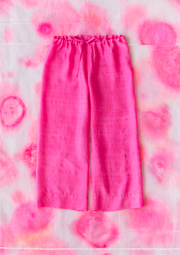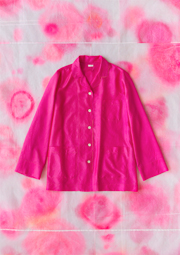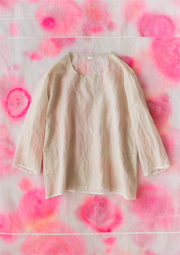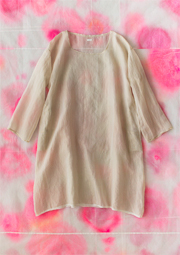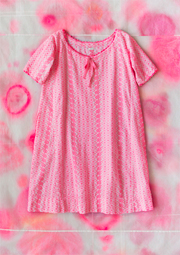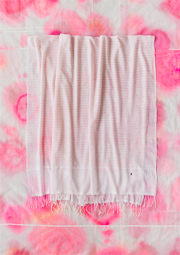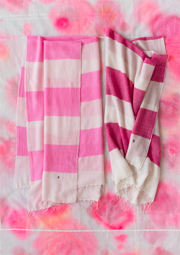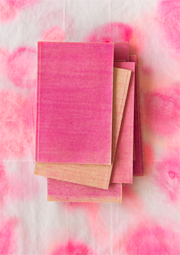summer 2015

summer 2015
These pinks hold my memories of Myanmar, where late afternoons were spent pedaling the back roads of Bagan in search of sunset hour. Every day at dusk, the dipping sun would turn the skies a radiant flush of lotus pink illuminated by gold gilded stupas. Mornings lay witness to peaceful scenes of pink-robed Buddhist nuns, from the very young to very old, moving serenely through the streets in search of alms. Evenings glimmered with the spectacle of traditional puppetry costumed in pink and gold. These are the colors of Burma — shades of pink informed as much by the quality of light that bathes the landscape as the spirituality and culture of its people.
This therapeutic “pink effect” recalls the artist Robert Swain’s exhibition, The Form of Color. In it, he references the studies of Dr. Alexander Schauss, Ph.D., Director of the American Institute for Biosocial Research in Tacoma, Washington. In 1978, Schauss discovered that a particular shade of pink had profound soothing effects when one simply stared at a card printed that color. Studies done the following year reported the suppression of angry, antagonistic, anxiety-ridden behavior in prisoners confined to cells painted what is now known as Baker-Miller pink (R:255, G:145, B:175): "Even if a person tries to be angry or aggressive in the presence of pink, he can't. The heart muscles can’t race fast enough. It’s a tranquilizing color that saps your energy. Even the color-blind are tranquilized by pink rooms."
How we perceive and experience color extends beyond the science of light and wavelengths. It returns to a sensation that is primal, to a feeling that eludes any narrative. The way a color “reads” is often encoded with personal memories of people, moods, landscapes, and smells. But independent of subjective interpretation, color can elicit a response that is visceral, even emotional, in meaningful ways that we have yet to grasp.
header photo: Gustavo Ten Hoever
postcards: Sam Schonzeit
background art work: Sam Schonzeit





